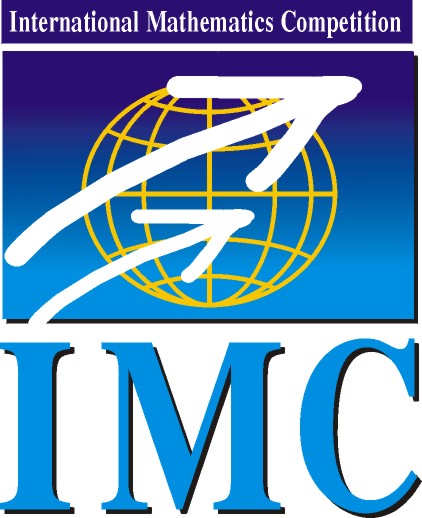
|
International Mathematics Competition
|
IMC 2026 |
| Information | Schedule | Problems & Solutions | Results | Contact |
IMC2023: Day 1, Problem 2
Problem 2. Let \(\displaystyle A\), \(\displaystyle B\) and \(\displaystyle C\) be \(\displaystyle n\times n\) matrices with complex entries satisfying
\(\displaystyle A^2 = B^2 = C^2 \quad \text{and} \quad B^3 = ABC + 2I. \)
Prove that \(\displaystyle A^6 = I\).
Mike Daas, Universiteit Leiden
Solution. Note that \(\displaystyle B^3 = A^2B\), from which it follows that
\(\displaystyle A^2B - ABC = 2I \implies A(AB - BC) = 2I. \)
Similarly, using that \(\displaystyle B^3 = BC^2\), we find that
\(\displaystyle BC^2 - ABC = 2I \implies (BC - AB)C = 2I. \)
It follows that \(\displaystyle A\) is a left-inverse of \(\displaystyle (AB-BC)/2\), whereas \(\displaystyle -C\) is a right inverse. Hence \(\displaystyle A = -C\) and as such, it must hold that \(\displaystyle ABA = 2I - B^3\). It follows that \(\displaystyle ABA\) must commute with \(\displaystyle B\), and so it follows that \(\displaystyle (AB)^2 = (BA)^2\). Now we compute that
\(\displaystyle (AB-BA)(AB+BA) = (AB)^2 + AB^2A - BA^2B - (BA)^2 = (AB)^2 + A^4 - B^4 - (AB)^2 = 0. \)
However, we noted before that the matrix \(\displaystyle AB - BC = AB + BA\) must be invertible. As such, it must follow that \(\displaystyle AB = BA\). We conclude that \(\displaystyle ABA = A^2B = B^3\) and so it readily follows that \(\displaystyle B^3 = I\). Finally, \(\displaystyle A^6 = B^6 = (B^3)^2 = I^2 = I\), completing the proof.
© IMC